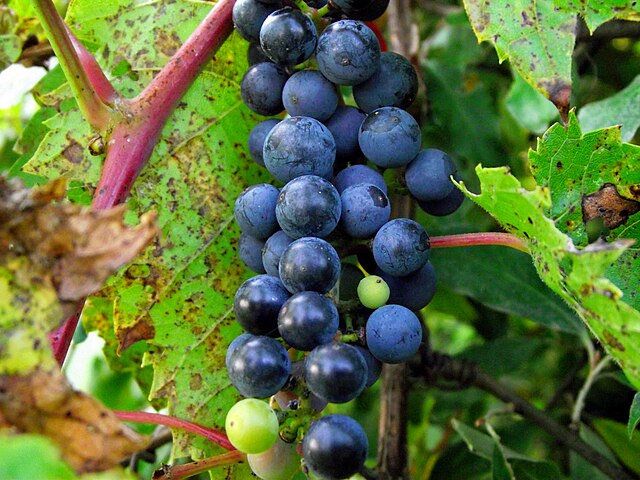Michigan in the northern United States has recorded selective export revenue drops from agriculture in quarter 1, 2025, due to tariffs.
According to the state’s Department of Agriculture & Rural Development (MDARD) via Thumb Wind on September 16, 2025, apples, wheat, soy and cherries all slashed sales.
Apple exports in Q1 2025 shrunk by 58% year-on-year (y-o-y) while cherry shipments plummeted by 62%.
Soybean meal dispatches were also down by 46% y-o-y during the same period, while wheat exports shed a massive 89%.
Projections now point to low grossing in annual agricultural exports in comparison to 2024’s record $2.9 billion.
This way, MDARD’s report nearly mirrors the Outlook for Agricultural Trade & Farm Sector Income Forecast by the USDA’s Economic Research Service (ERS).
The ERS in August 2025 forecast MI’s 2025 vegetable/melon sales to dip by 2.1% or $0.5 billion yearly. In opposition are fruit and nut sales, which will improve by 6.5%, to $2 billion annually.
The August report also predicted difficulty at securing farm workforce, which would reduce vegetable/fruit profitability.
Currently, the state averages 0.8 million farm jobs that support an agricultural sector with an annual revenue nearing $126 billion.
Why the Losses?
Stakeholders blame lowering sales on import tariff threats into Canada and China, two major cherry and soy destinations.
Canada was the top foreign destination for Michigan’s farm products worth $1.25 billion in 2024, while China came fifth with $150 million.
Aluminium tariffs in particular are indirectly impacting the canned food processing industry, whose costs are up by 12%.
Statewide grocery costs are getting pricier – and one report already puts them 1% higher than the federal median.
Key areas expecting consumer-level duty impact include packaged foods, fruits and wheat, whose prices could rise from production cuts. And as the following statistics reveal, cost pressure on agriculture in Michigan affect the local consumer price index.
Statistics: Agriculture Spending in Michigan
Michigan is one of the richest agricultural states but ironically among the biggest food spenders by cost. Much of the costs emanate from an export-oriented food production system and occasional tariffs.
In 2024, the state exported $2.9 billion in food, $282 million above 2023’s, per the Department of Agriculture & Rural Development (MDARD). Processed agricultural products represented over 1/4 of that revenue at $636 million. Sugar beets, soy, brewing products and animal feed together came next by generating $393 million.
As such, grocery prices are 1% above those of the federal median in 2025, according to Oyster Link. This indicates an annual grocery budget of $3,000 per person or $8,500 per small family. Low-cost diners here sell food from at least $12 while established eateries average double that amount.
How high is the food price index in MI and the Midwest?
According to the U.S. Bureau of Labor Statistics (BLS), Midwest states upped their joint food prices index marginally in August 2025. The index rose by 0.7%, month-on-month, due to mainly costly groceries and meats. Prices of takeaway food or restaurant dining also increased by 0.3%. Rates for home groceries (fruits and vegetables) were up 2.4%, while for eggs and meats by 1.5%.
Which of MI’s produce is most tariff-sensitive?
Cherries are probably Michigan’s fresh produce that would feel the tariff effect the most. The state’s tart cherry crop represents 75% of federal production and is worth $36.5 million. Notably, a 10% tariff on cherry imports got postponed in May-August 2025 and so it did not affect the peak summer marketing season.
